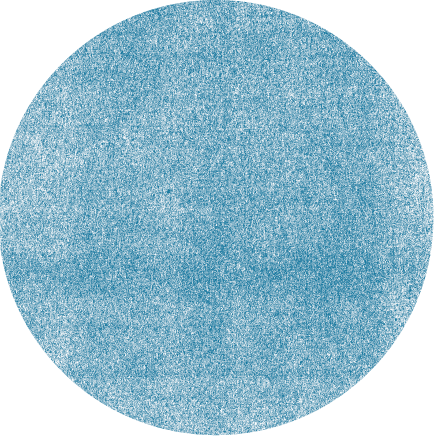CFP: Multifocal and Collaborative Approaches to South Asian History / Deadline: 31 August, 2015
Posted by Martin Paul Eve on 23 February 2015



“Big picture” history is vulnerable to the distortion of the wide-angle lens and the grandiosity of the panorama. Microhistory has become the norm on account of offering fine-grained fidelity to “lived experience,” yet it can suffer from myopia and make a fetish of uniqueness, or overreach in attempts to generalize from parochial particulars.
South Asian history, especially for periods prior to the modern, has faced more difficulties than those of (for instance) Europe or China: a relative dearth of sources of detailed biographical and circumstantial information, for instance, and a corresponding superabundance of “elite discourses.” This disparity, combined with the 19th century’s preoccupation with earliest antiquity, resulted in a wider than usual rift between textualists and epigraphists, and an unduly “Sanskritic” grand narrative. Scorning the grand narratives of earlier eras, political and especially social historians have since gravitated toward studies bounded by narrower spatial and temporal limits, and toward Subaltern Studies, with salutary effects. More recently, however, some (e.g., Pollock, Bronkhorst) have sought to have another go at the longue durée. Outside of the South Asian sphere, Guldi and Armitage have issued an (open access) “History Manifesto” calling for a return to long-term history, arguing that the wealth of accessible and digitally manipulable data makes possible much richer wide-angle views than were possible before. The problem with this wealth, however, is that it exceeds the competence of any individual. Hence the need for adaptive methods, and especially for collaborative work between complementary specialties.
This special collection seeks articles (1) that synthesize findings from more geographically or temporally restricted studies to offer a picture of large-scale processes, or (2) that offer an example of collaborative research toward the same end. Topics may include but are not limited to:
- Indian Ocean trade and travel reflected in microhistorical data from port cities
- Longterm trends in land tenure rights and transactions
- Changing patterns of patronage for religious institutions
- Literary and scholastic practices showing up across linguistic areas
- Comparison of classical depictions of social structure with data from epigraphy and material culture
- Institutional factors supporting particular modes of scientific or scholastic discourse
The special collection, edited by Timothy Lubin (Washington and Lee University) is to be published in the Open Library of Humanities (ISSN 2056-6700). The OLH is an Andrew W. Mellon Foundation-funded open-access journal with a strong emphasis on quality peer review and a prestigious academic steering board. Unlike some open-access publications, the OLH has no author-facing charges and is instead financially supported by an international consortium of libraries.
Submissions (around 8000 words) should be made online at: https://submit.openlibhums.org in accordance with the author guidelines and clearly marking the entry as “Multifocal and Collaborative Approaches to South Asian History”. Submissions will then undergo a double-blind peer-review process. Authors will be notified of the outcome as soon as reports are received.
To learn more about the OLH, visit: https://blog.openlibhums.org

